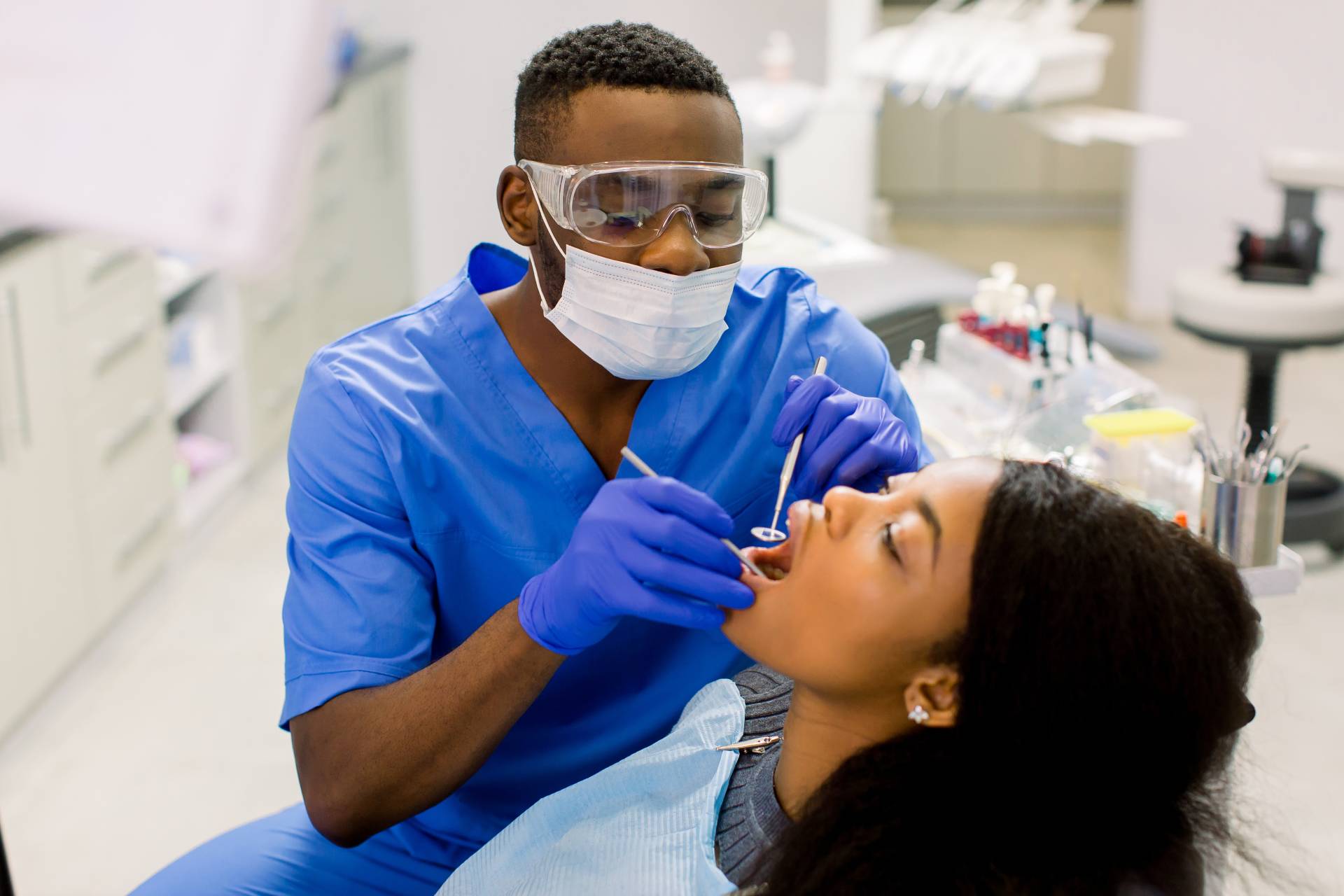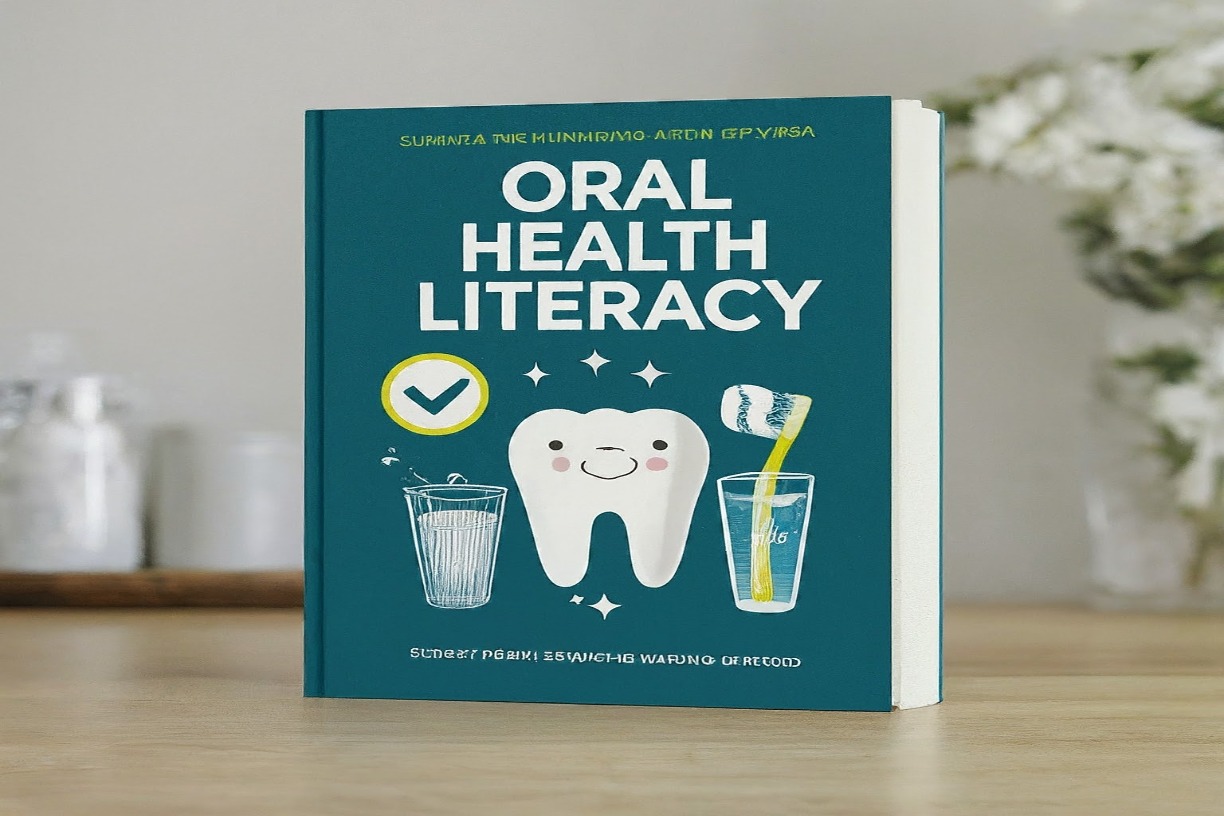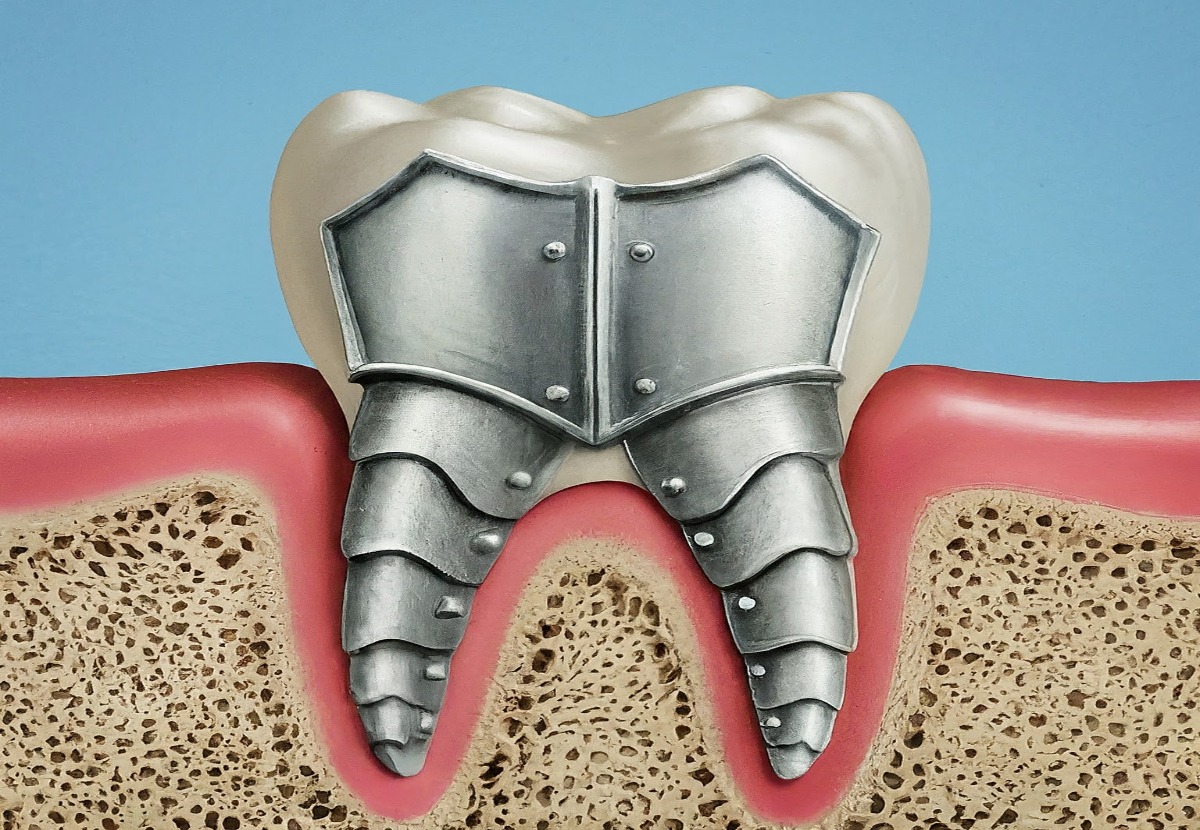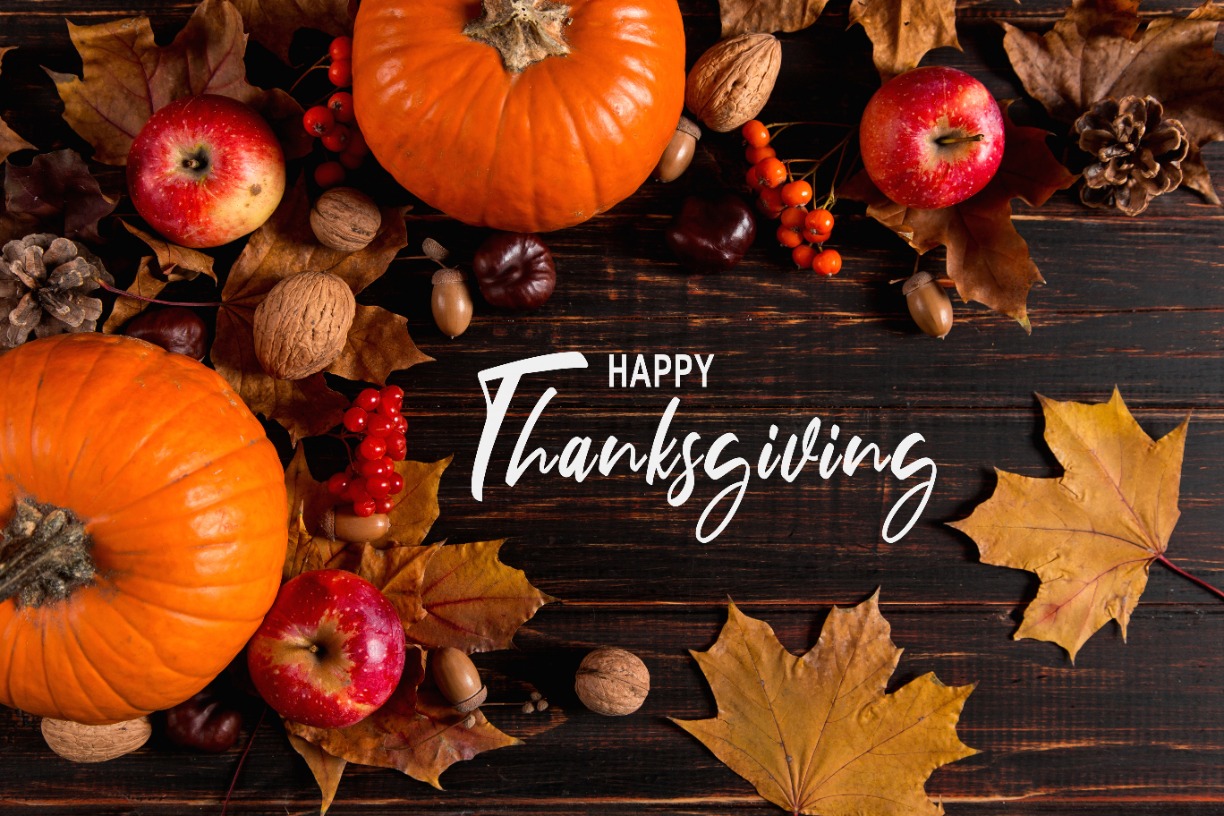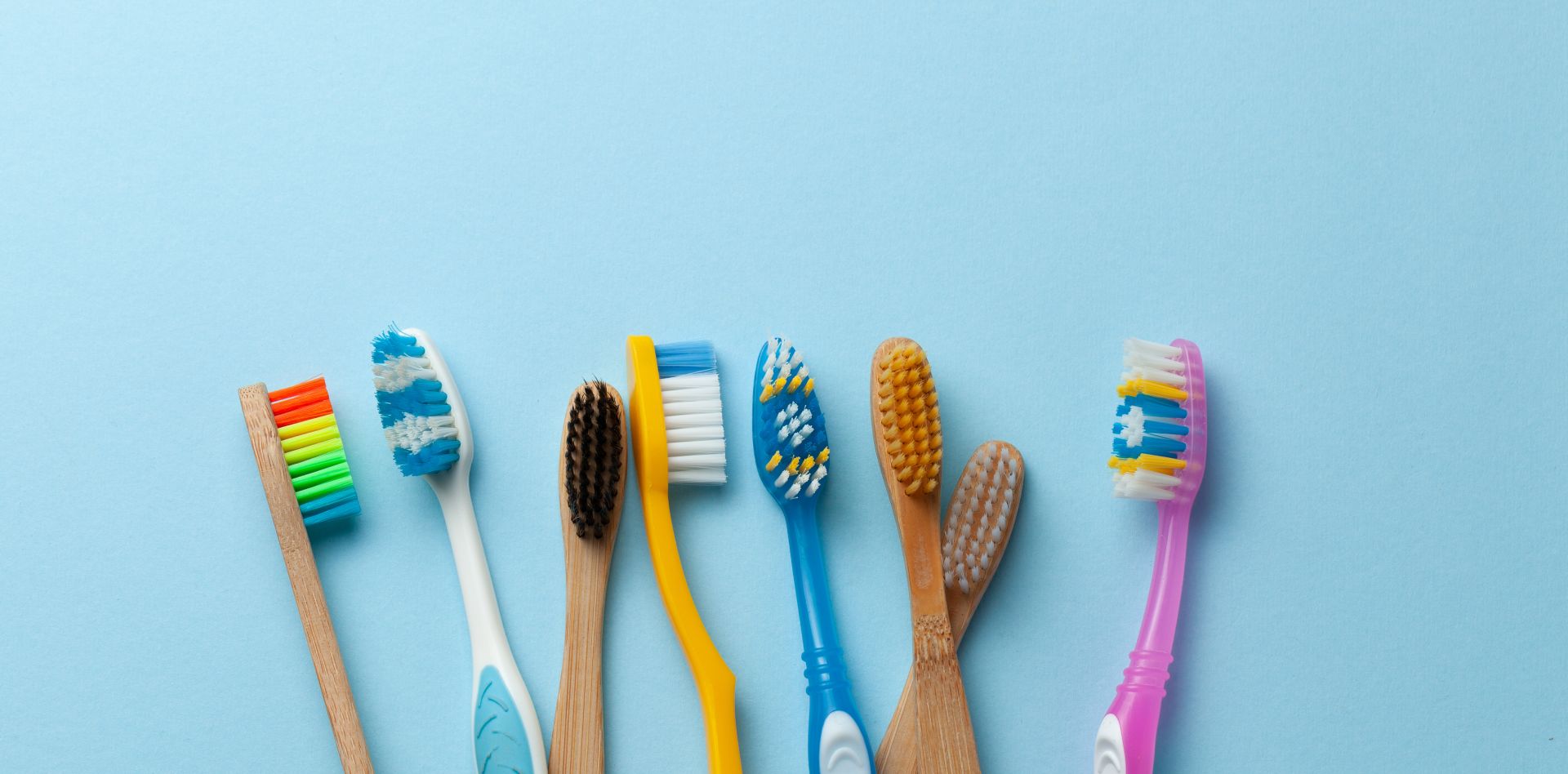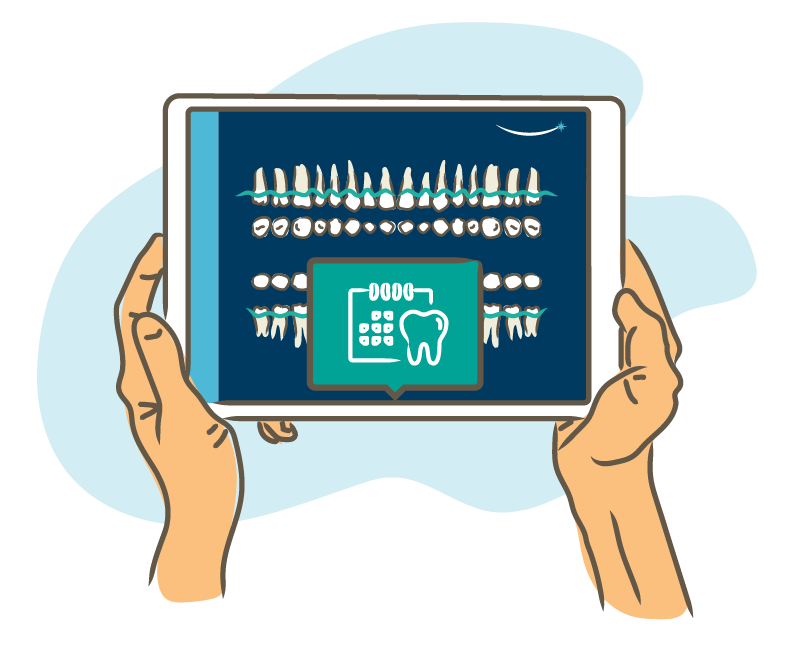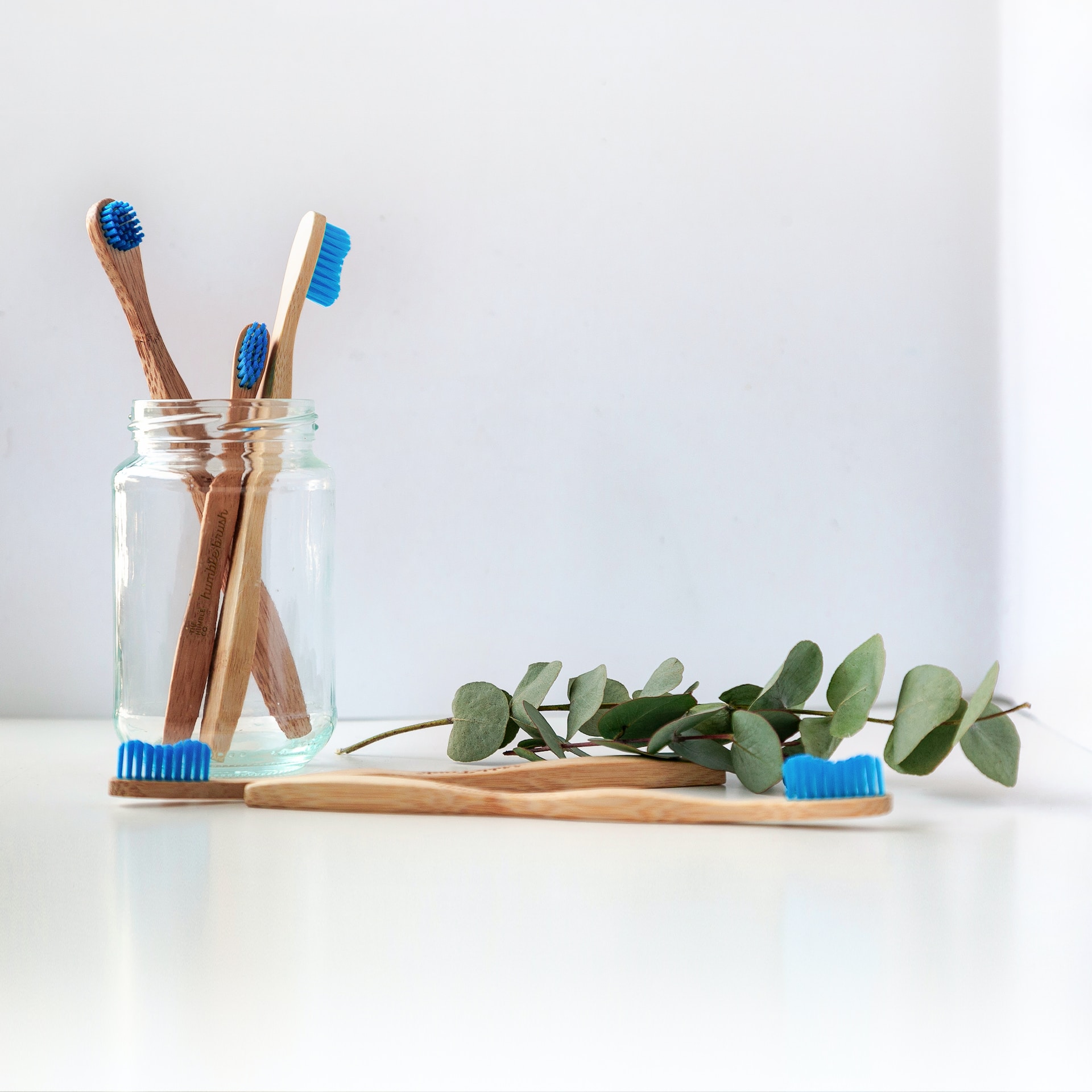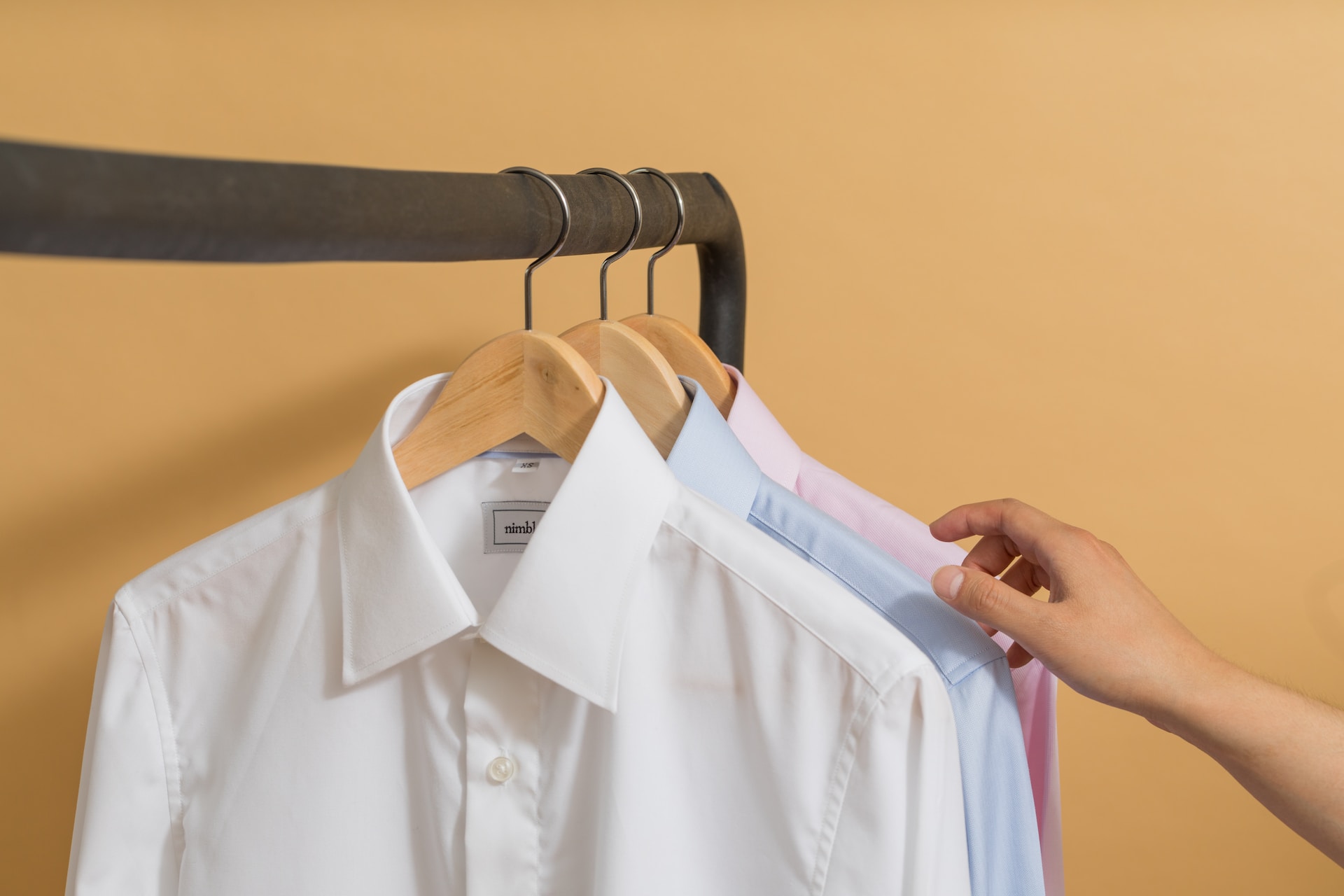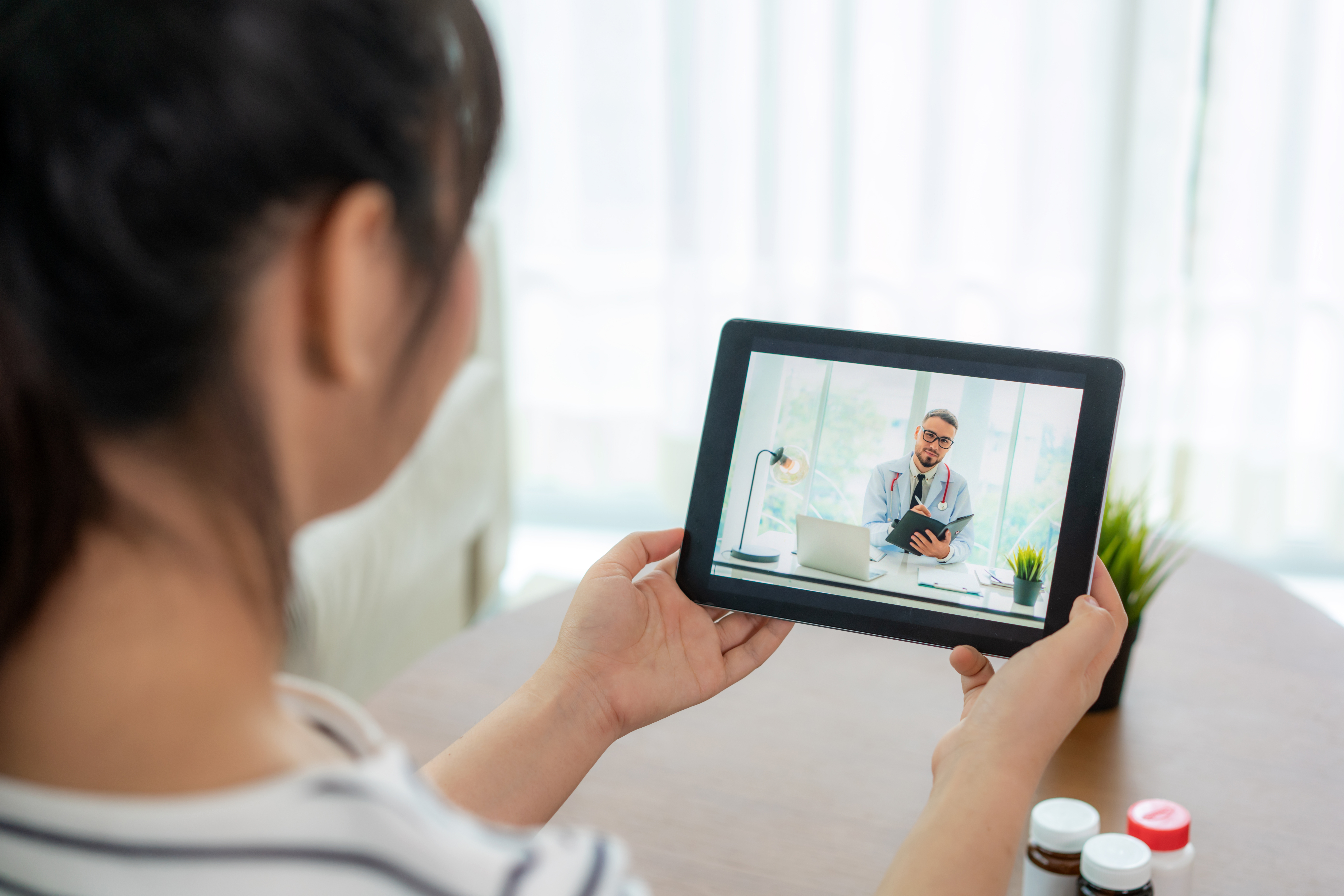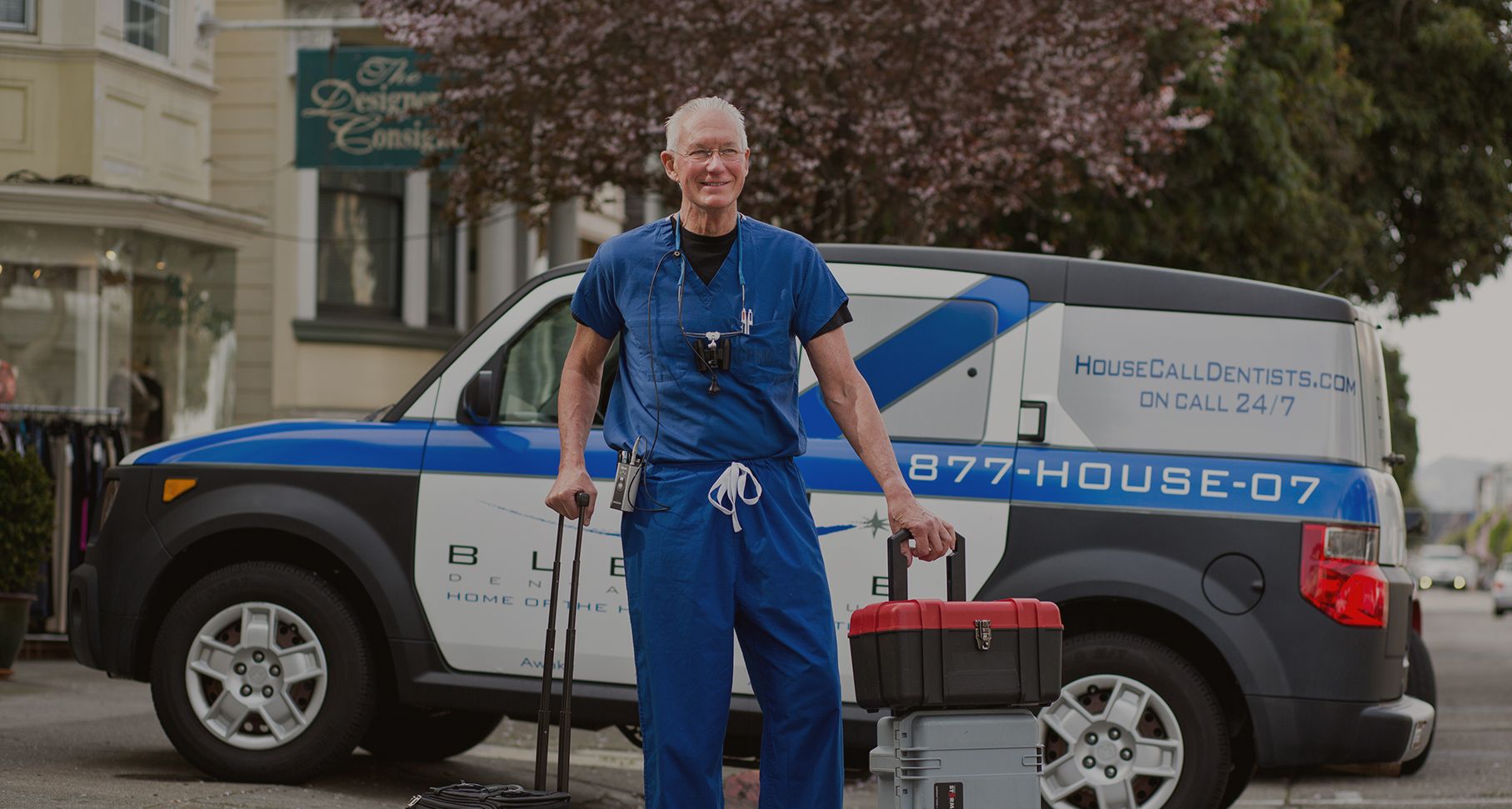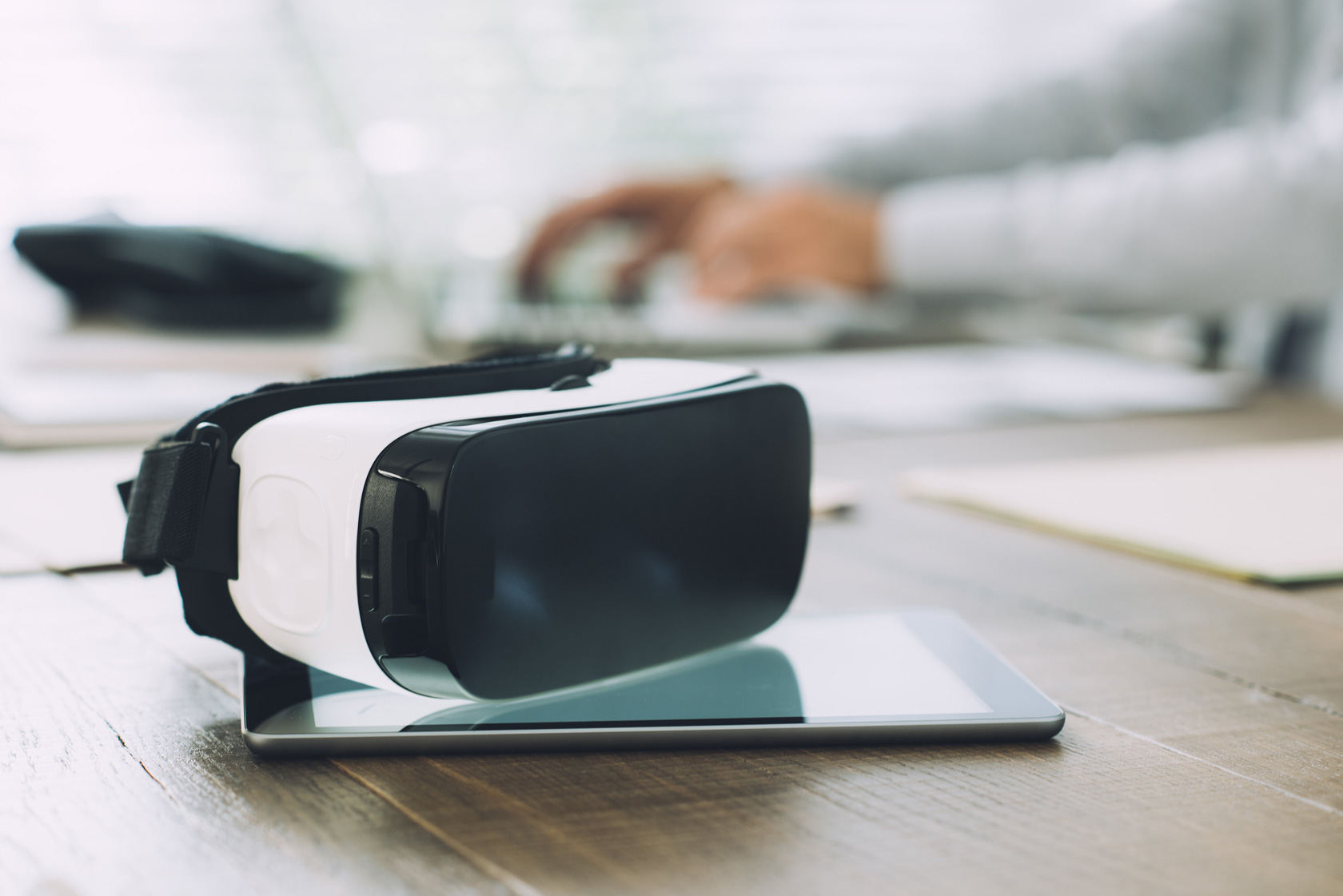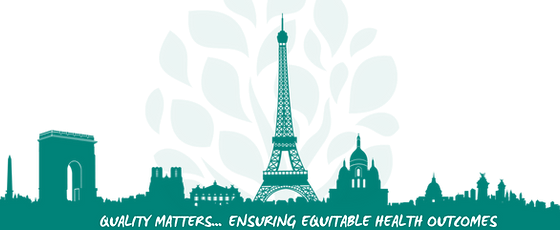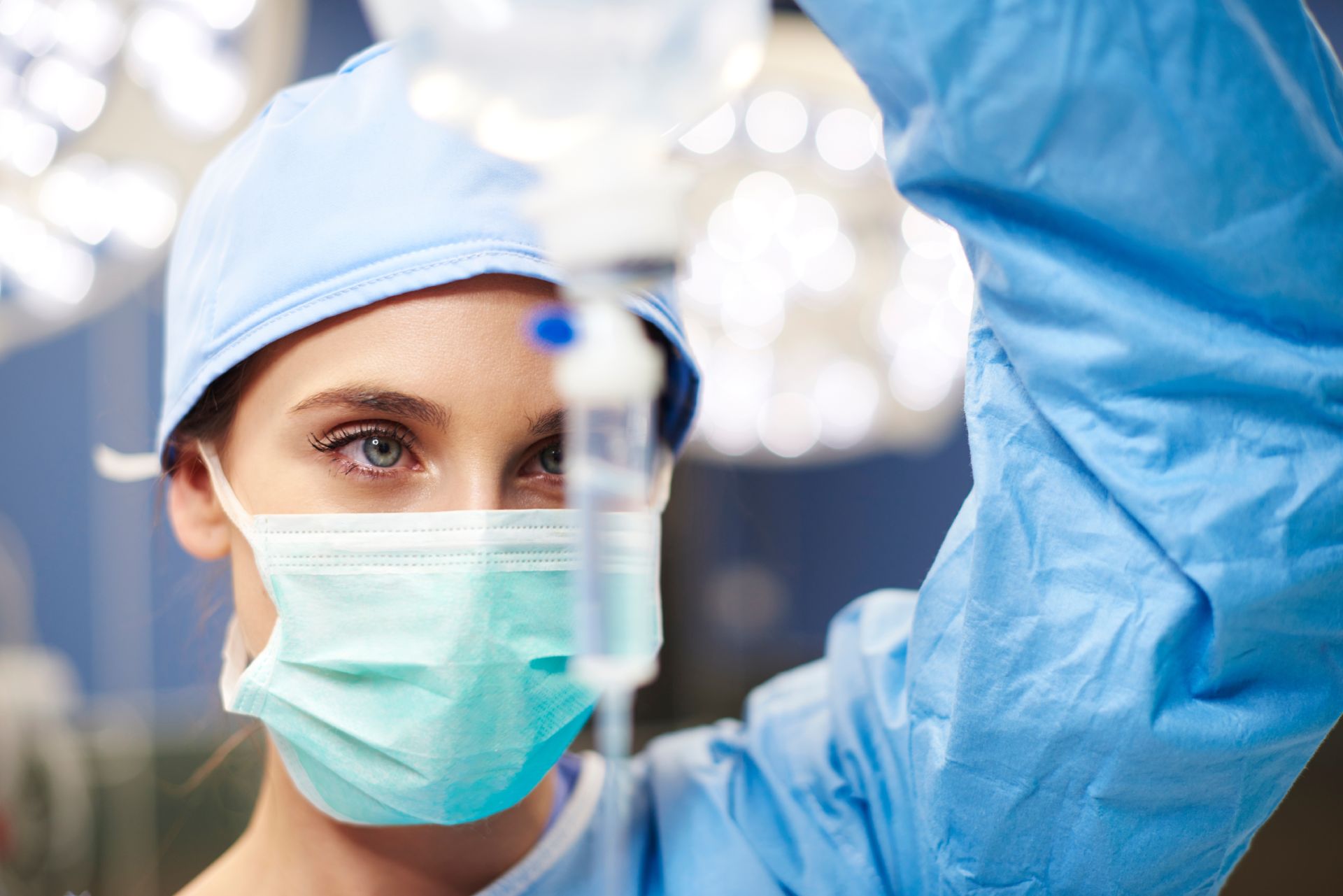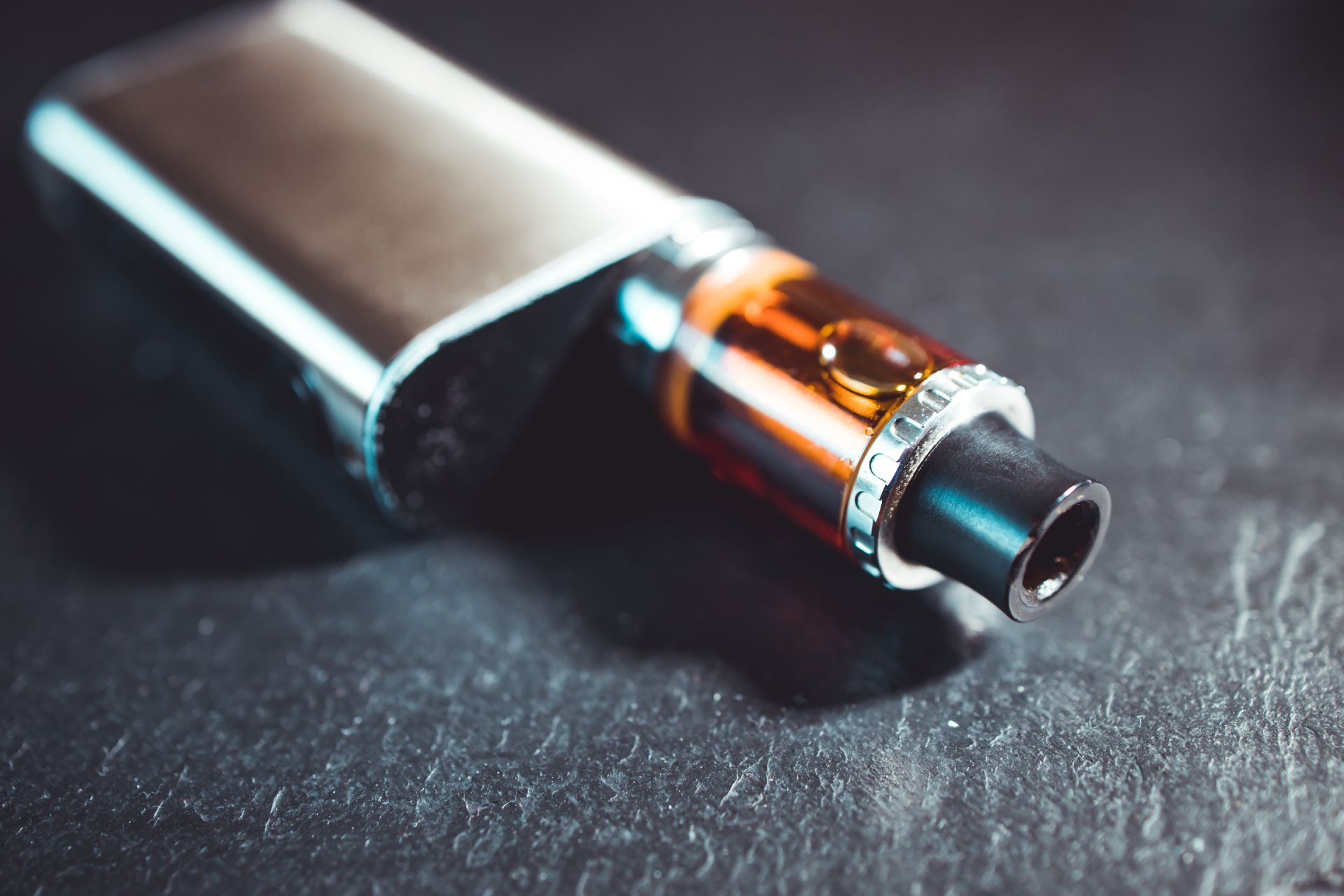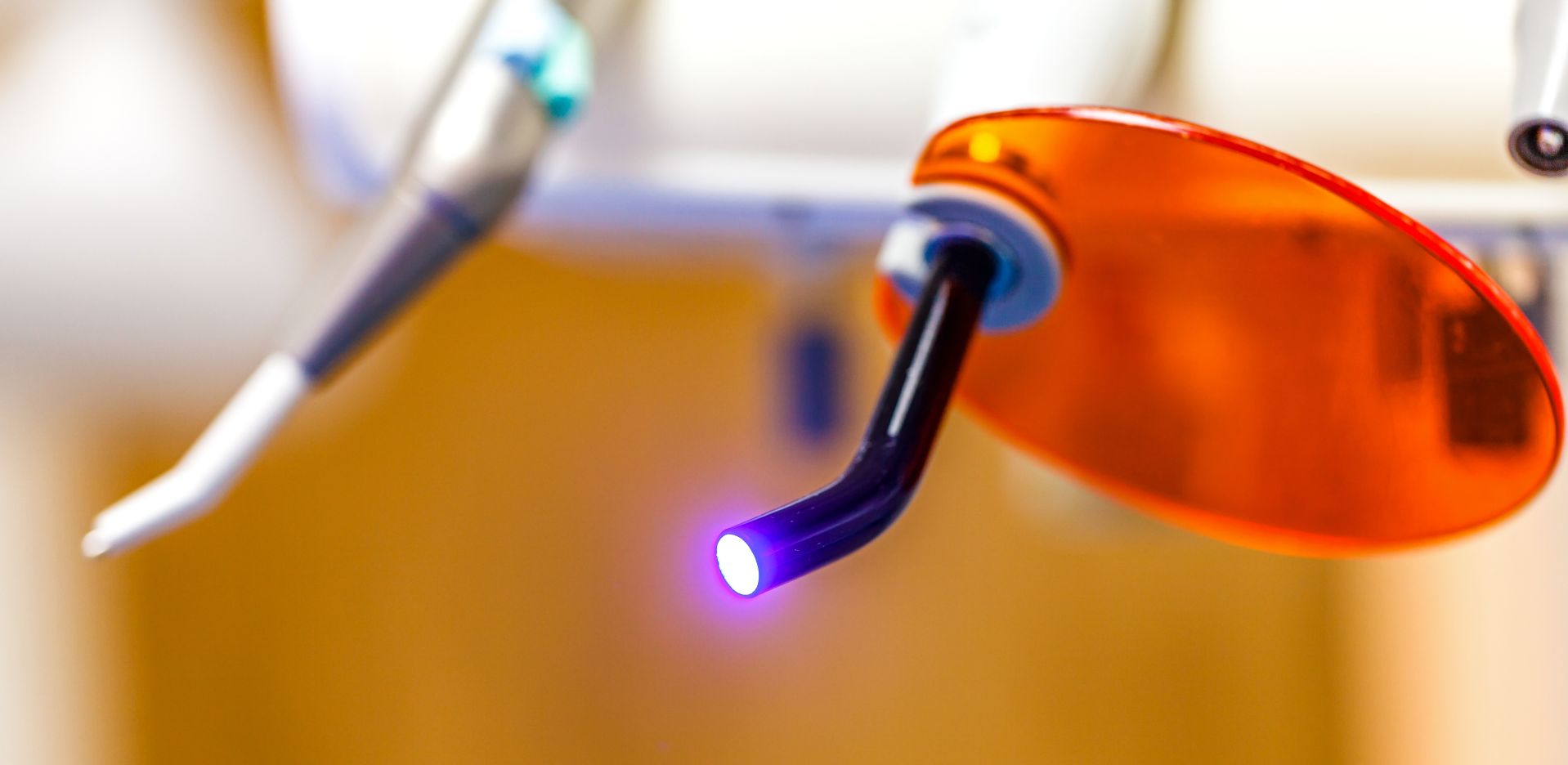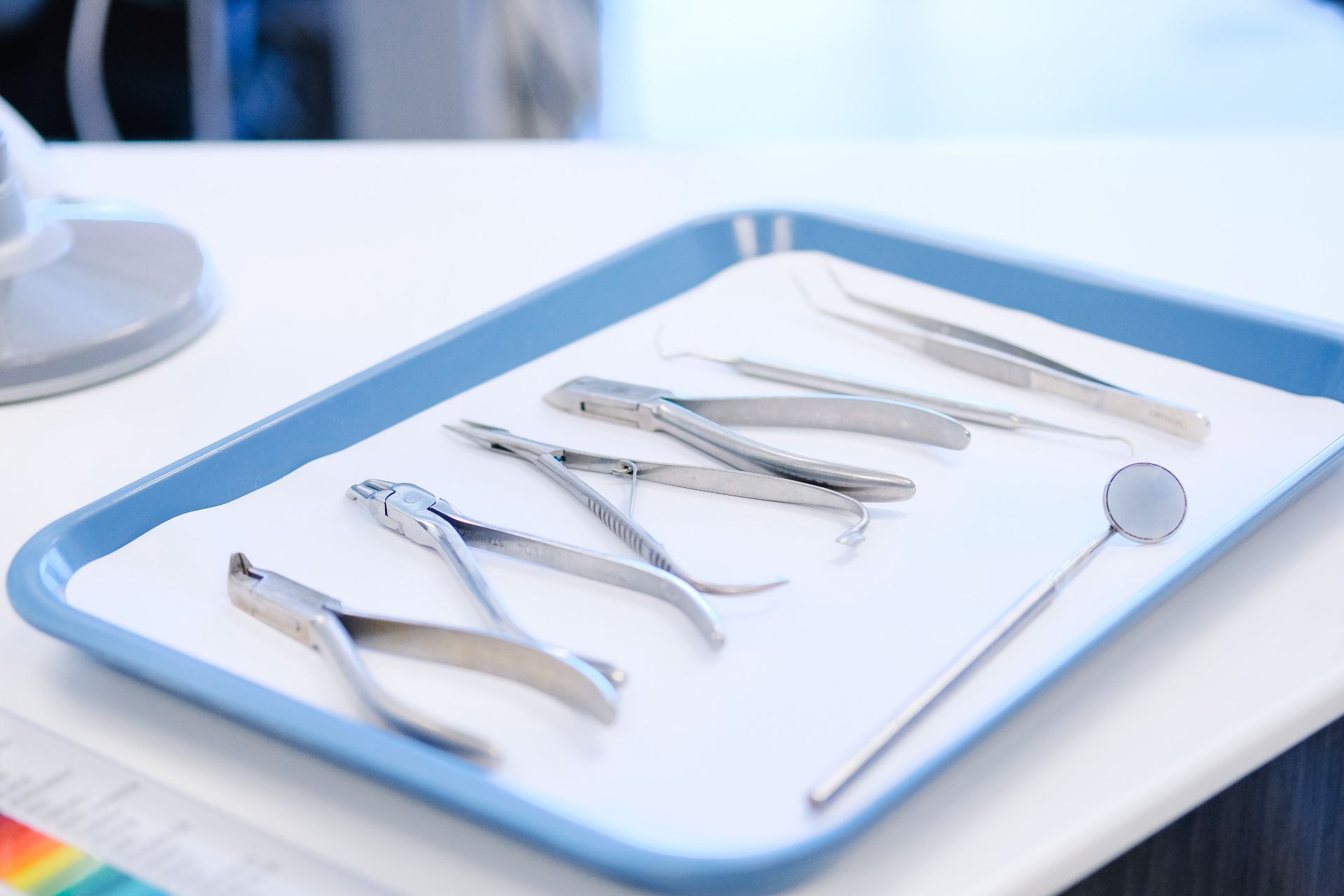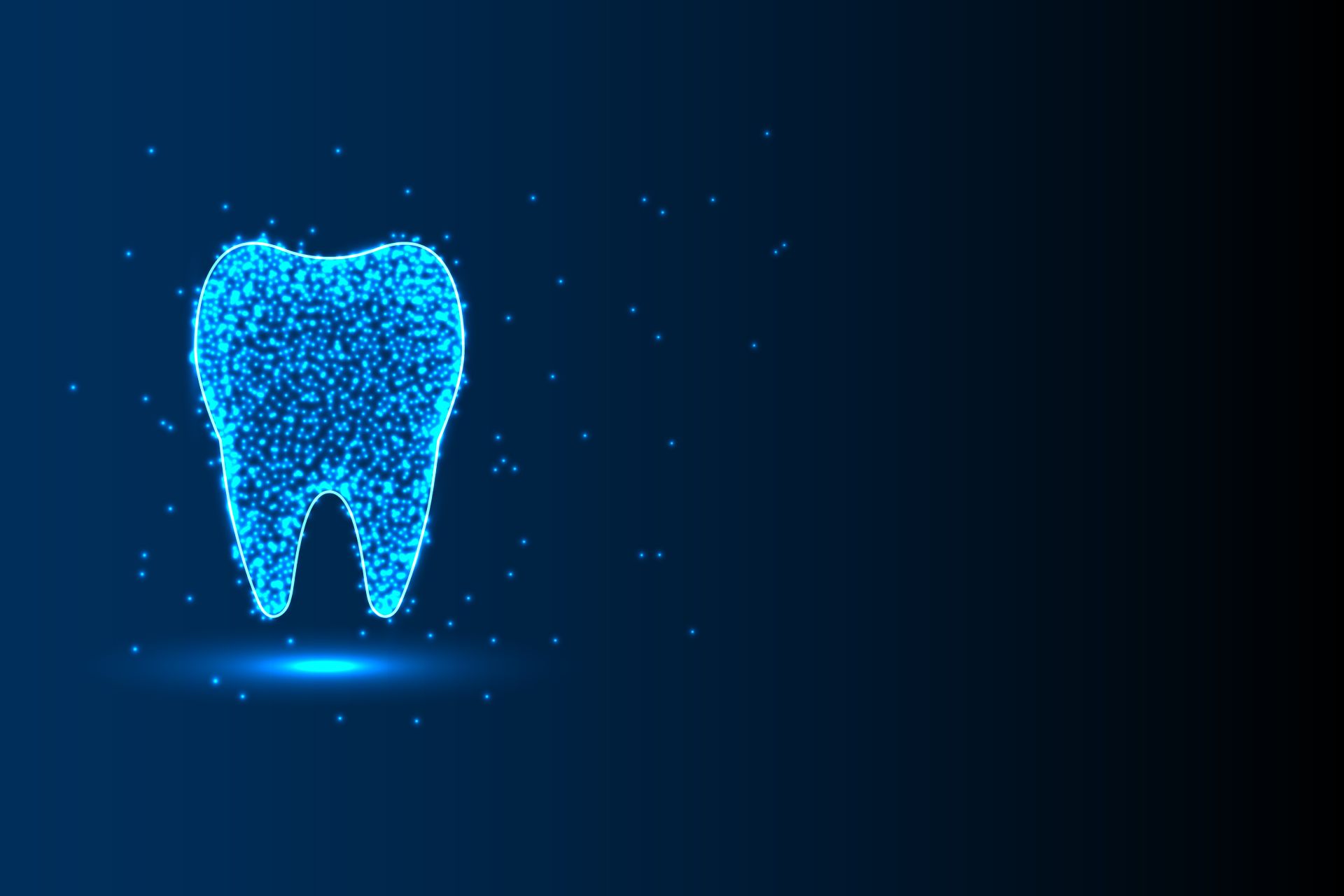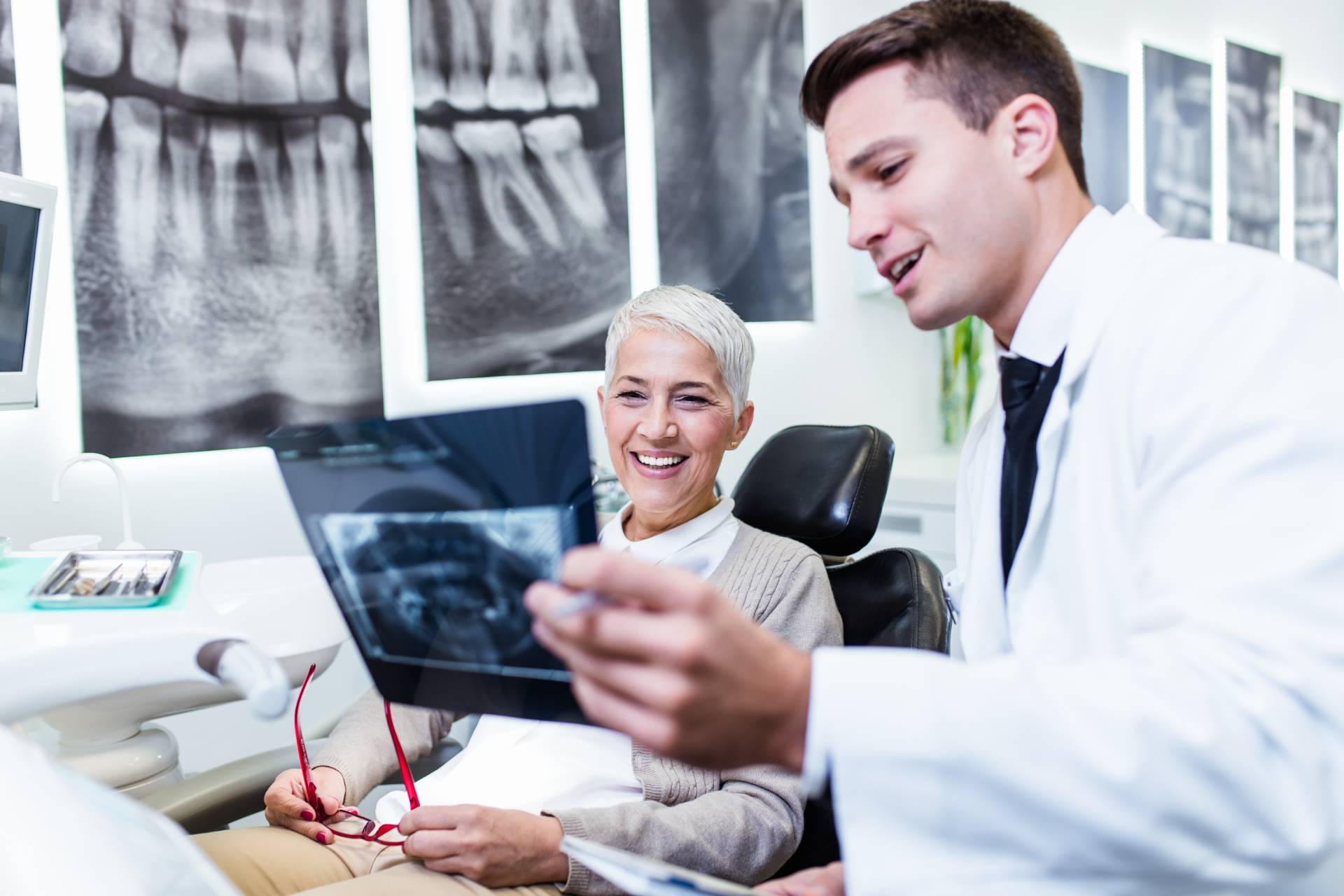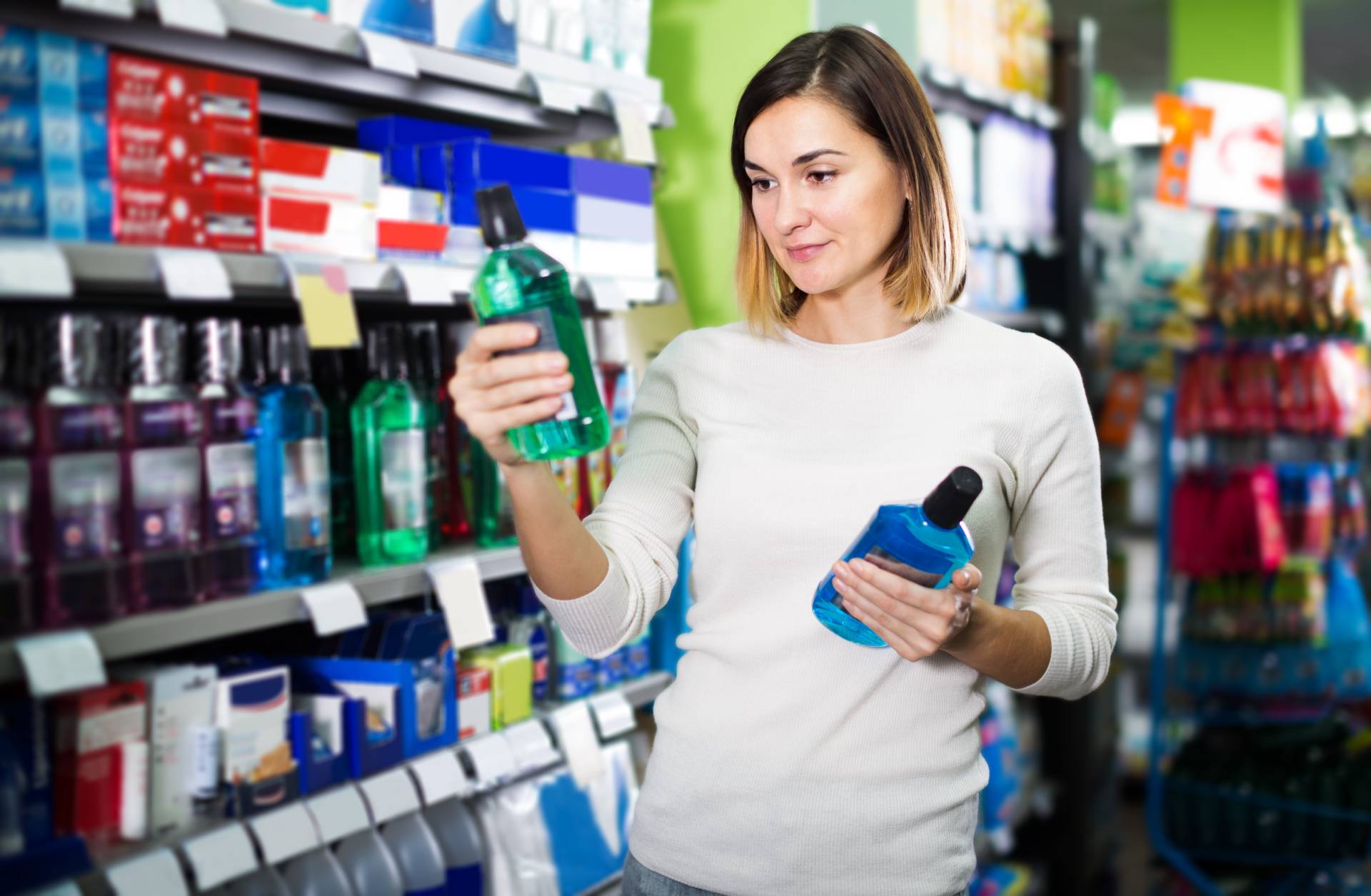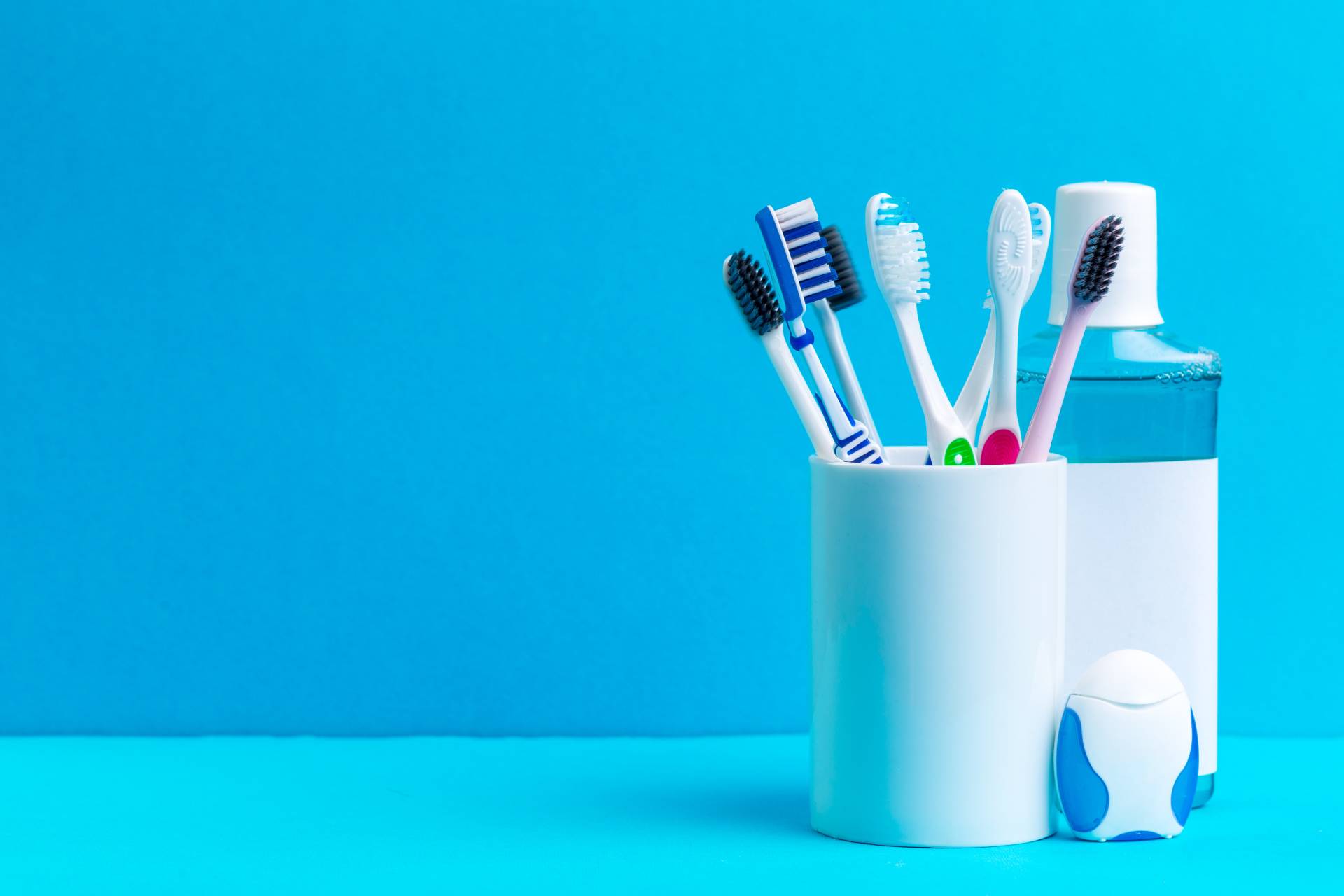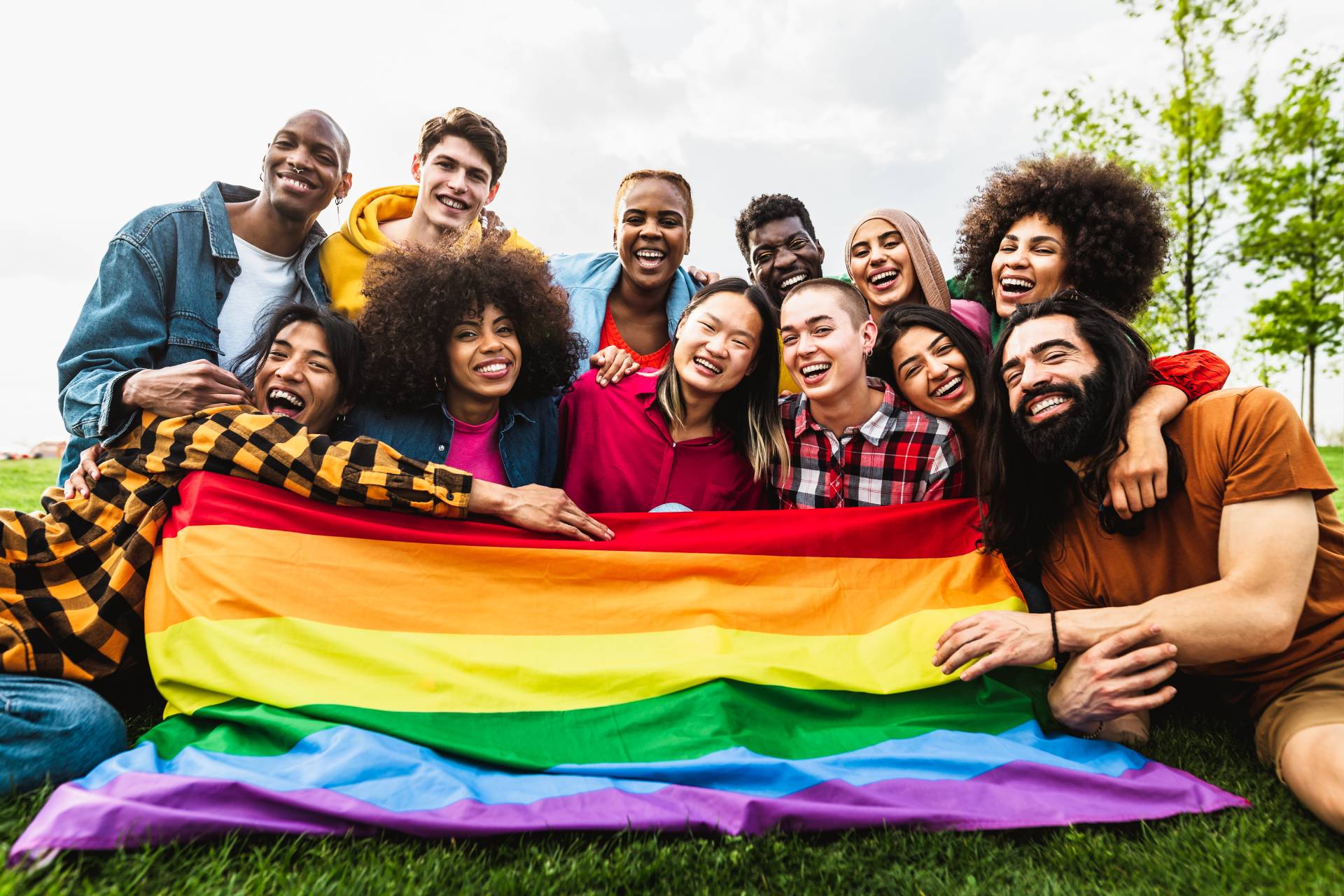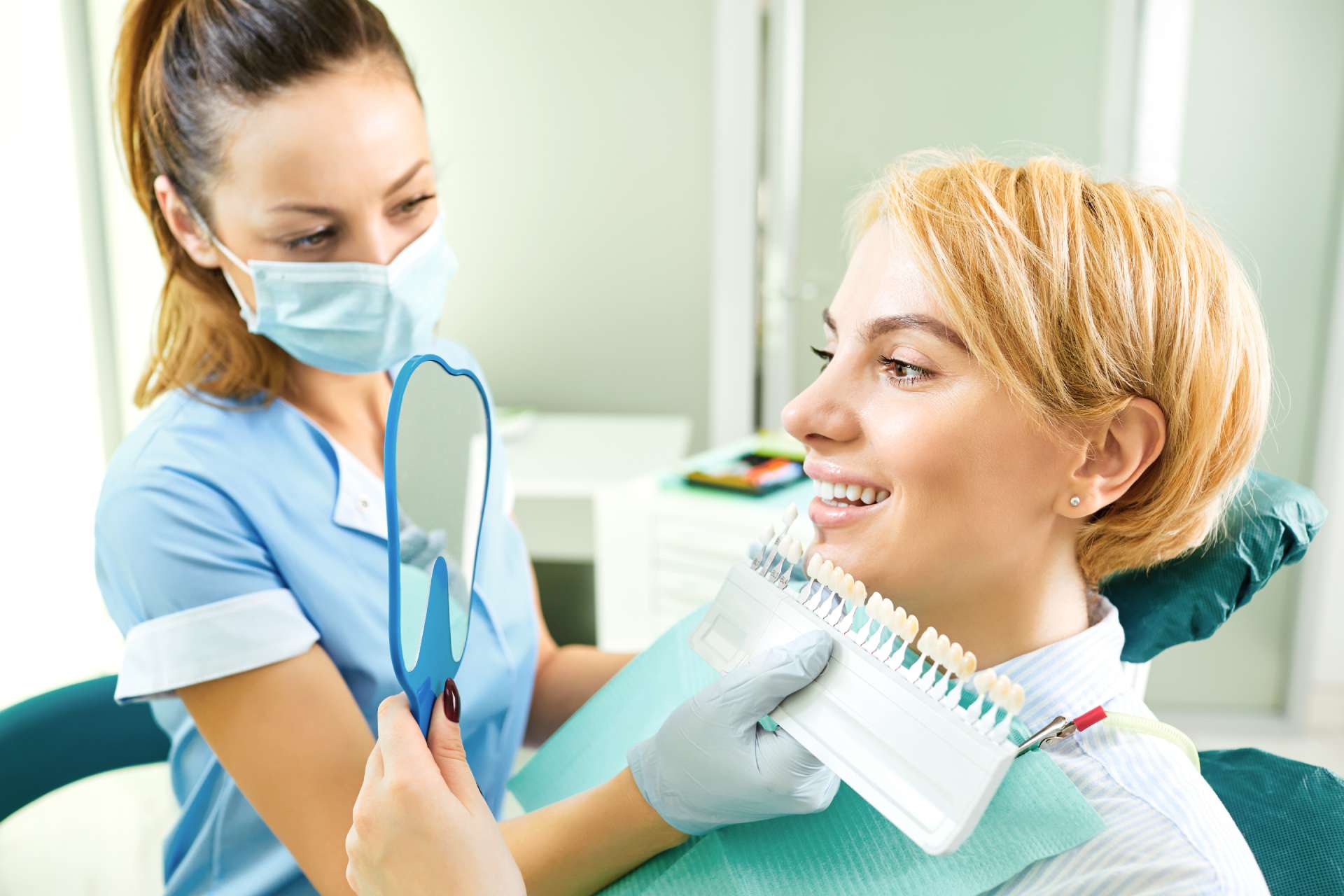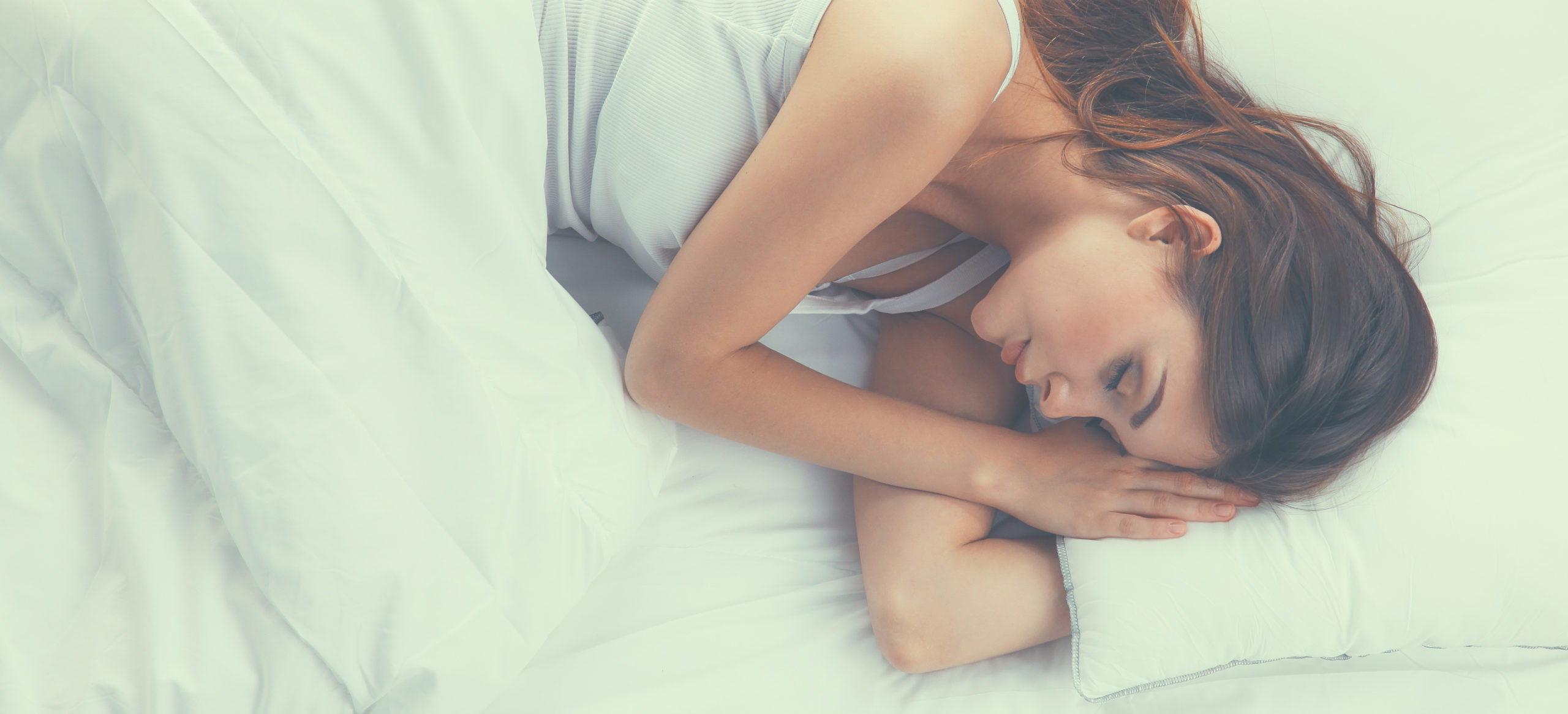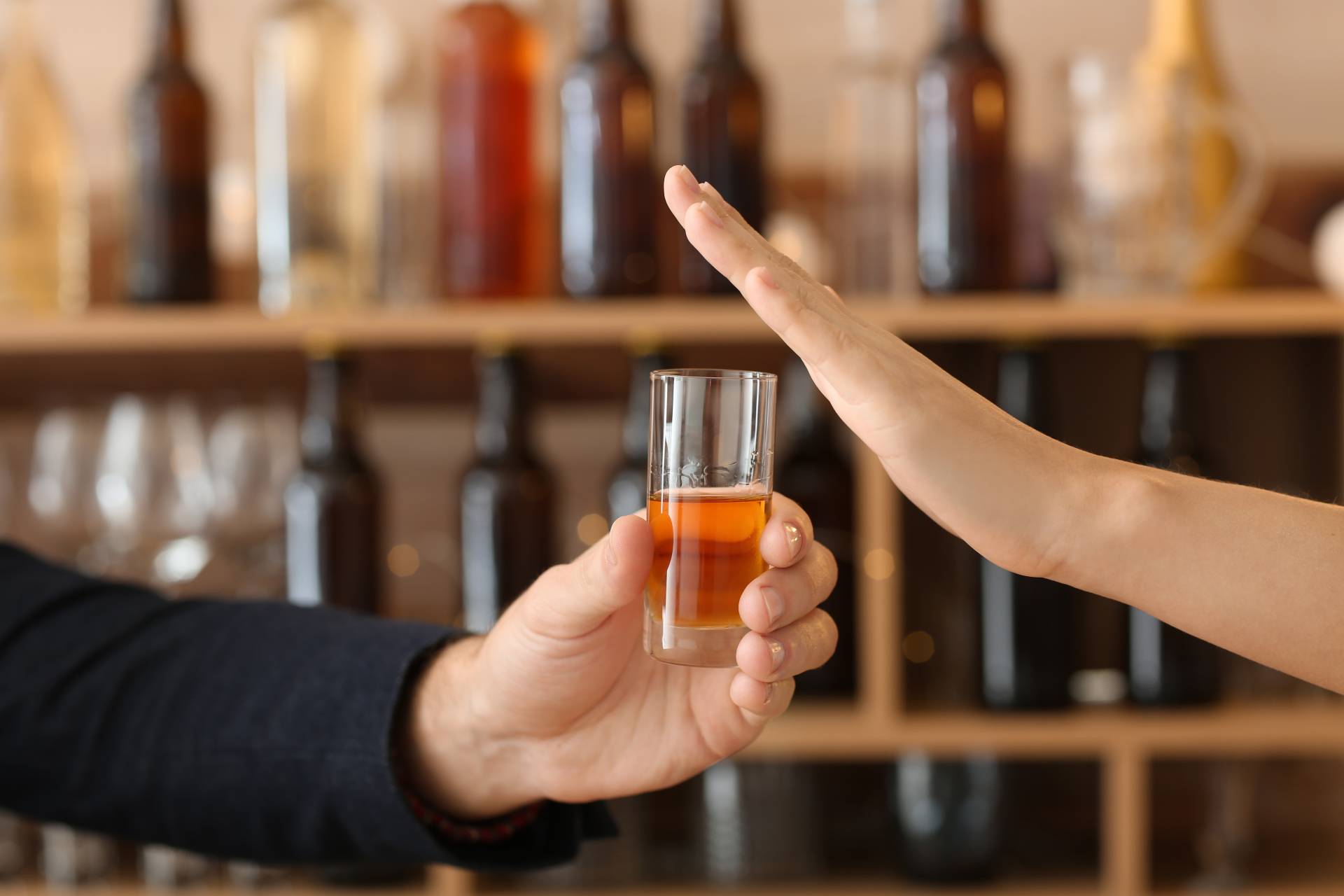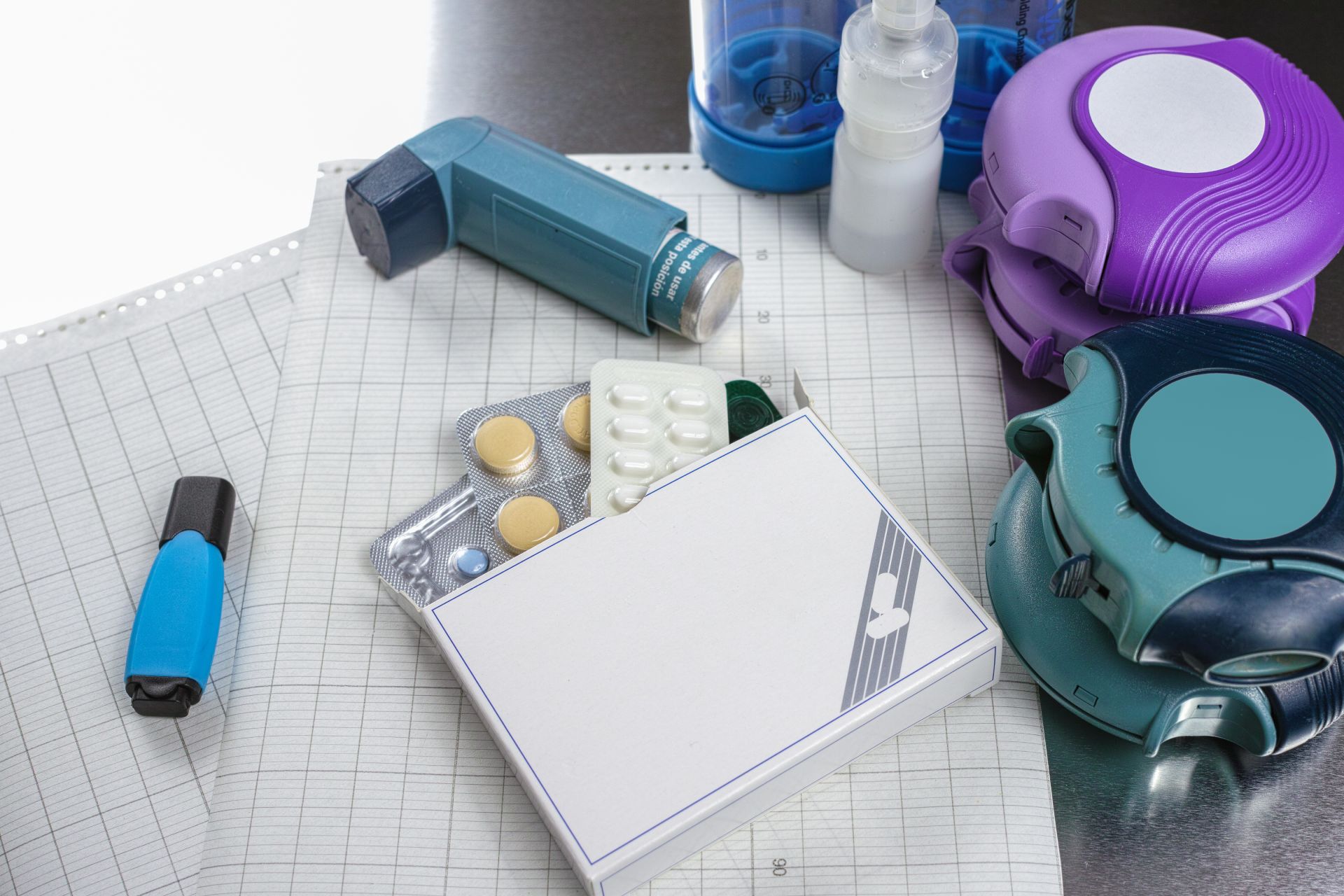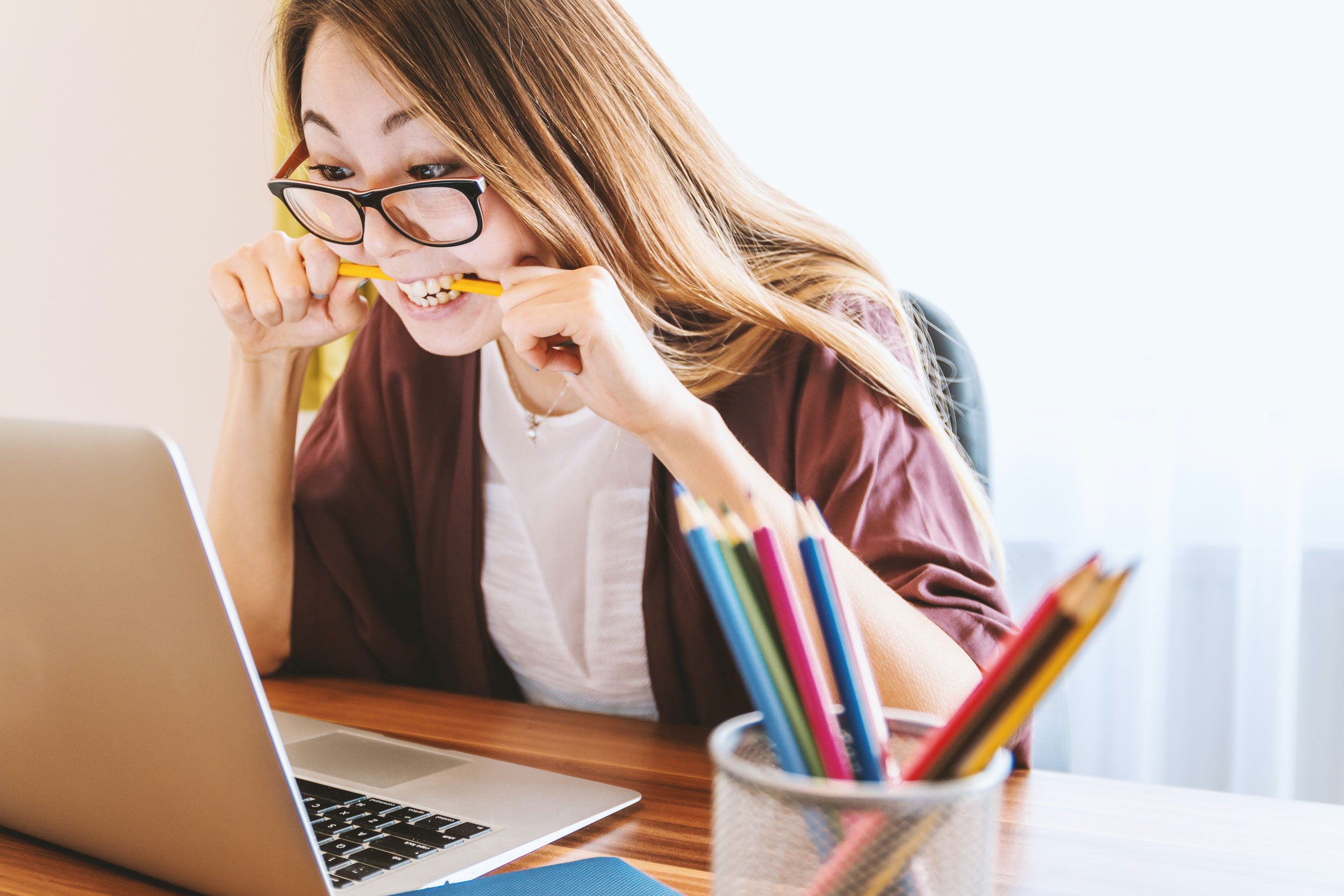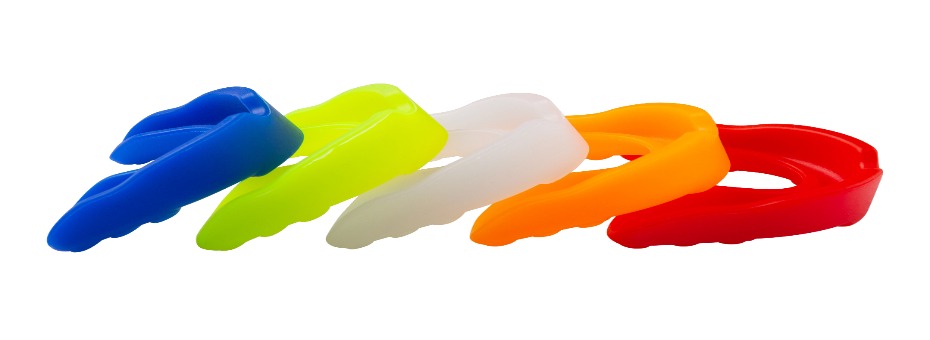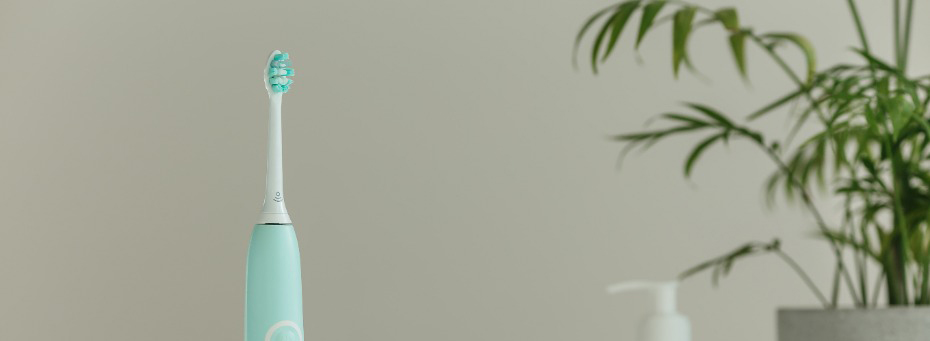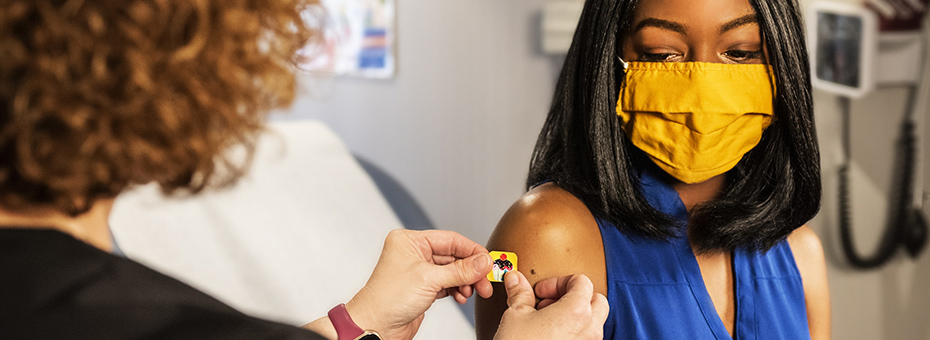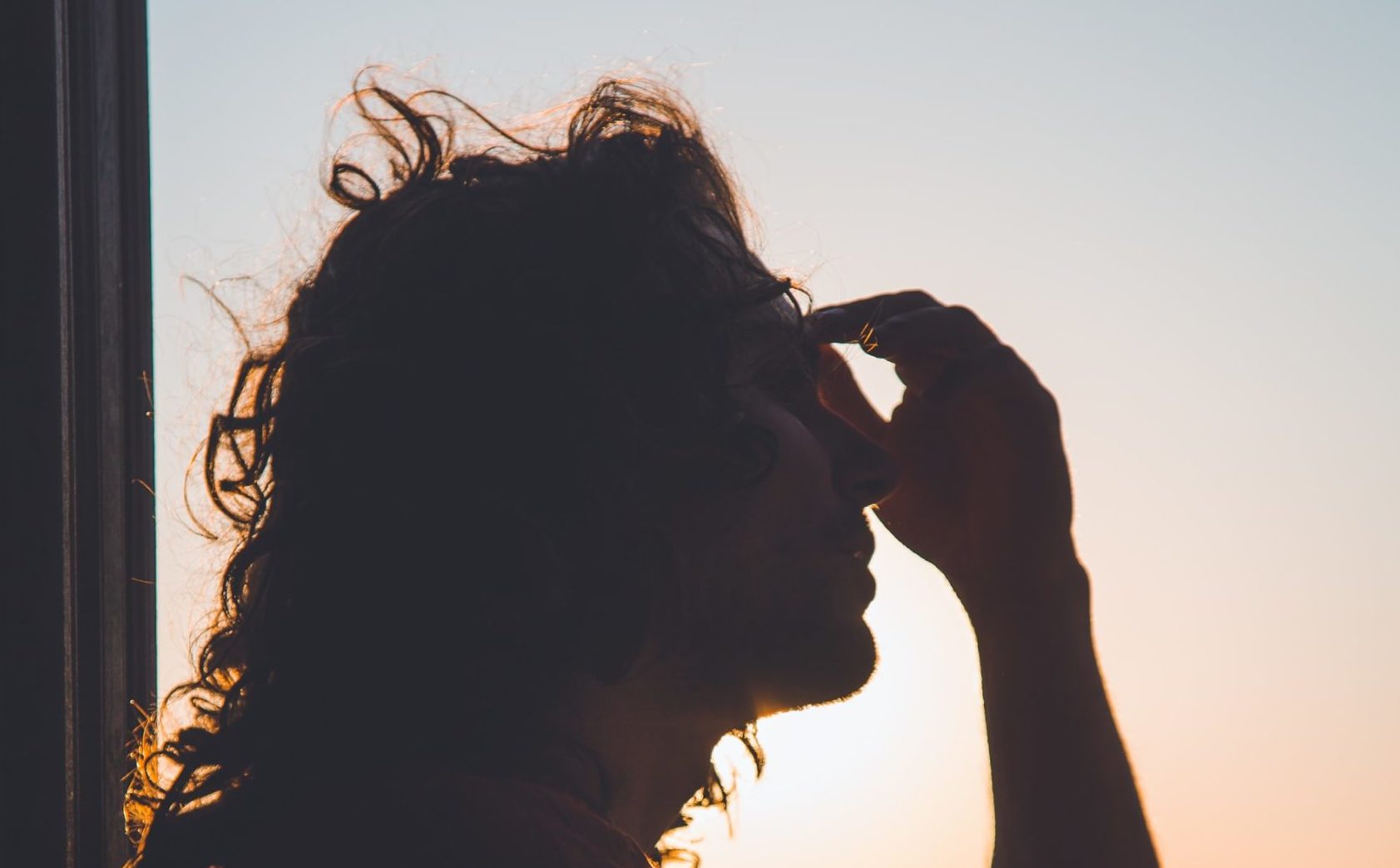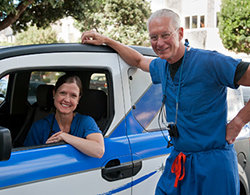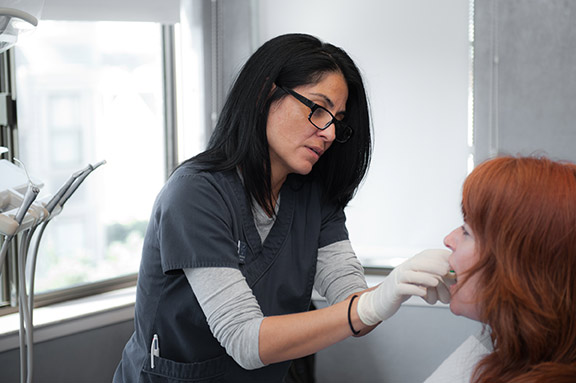All Posts
It’s Time to See the Dentist and Overcome the Pandemic’s “Dental Disaster”
Health officials are warning of fresh COVID-19 outbreaks with new variants such as BA.2.12 and BA.2.12.1, surging across the United States. The fallout from the pandemic’s initial outbreak severely impacted the nation’s oral health. Dental practices around the world were forced to close. And when they did reopen, even after implementing enhanced safety measures, patients still put off routine visits. In 2021, the FDI World Dental Foundation declared this outcome a “dental disaster,” citing the adverse effects of a “catastrophic aftermath of the virus on the health of people’s teeth and gums in dental practices around the globe.” The good news is that vaccinated people remain at low risk of becoming ill from these variants and that dental practices continue to operate openly and safely. The bad news is that people are still skipping regular dental visits. Here’s what patients should know and why they should resume regular checkups.
A Dental Disaster We Can End Now
Disrupted dental care and treatments have generated exponentially augmented problems for patients, particularly those in high-risk groups. Many have since developed advanced tooth decay and related complications, including infections. Others missed soft tissue screenings for oral cancer. However, these conditions were largely preventable given that practices began opening their doors between the first and second wave of the pandemic. Because of exposure concerns or being accustomed to staying at home, patients have persisted in postponing appointments.
High-risk patients, for example, tended to develop multiple problems, often exhibiting up to four simultaneously, according to FDI research. This population is generally advised to see a dentist every three to six months. Instead, the average today is nine months to a year – if at all.
There exists no direct evidence to support a conclusion that COVID-19 itself impacted oral health outcomes, but it certainly impacted core health behaviors, which influence the negative outcomes we’re witnessing. There are several factors to consider.
- Public health data reported significant increases in sweets, cookies, and other sugary foods during the quarantine and shelter-at-home periods.
- Purchases for oral health products declined below consumer averages in 2019 when lockdowns began.
- U.S. alcohol sales increased by up to 20% between 2019 and 2020, according to data from Columbia Public Health.
- With shortages of fresh food products, people purchased more packaged goods, canned foods, and prepackaged meals, all of which contain preservatives and higher volumes of sugars and salts.
- More people relied on having meals delivered, which increased their intake of fast food and less healthy dietary alternatives than home-cooking.
- “More than 49 million US residents live in areas designated by the Health Resources and Services Administration as Dental Health Professional Shortage Areas,” the Centers for Disease Control and Prevention (CDC) said in its 2020 report on Oral Health Care and COVID-19.
All said, the combination of these behaviors and the lack of routine dental visits have led to the recent situation.
Getting Back on Track with Oral Care
In March of 2020, when the lock down of dental offices occurred, the Blende Dental Group remained open for their own patients as well as to handle the emergency overflow from the San Francisco Dental Society as well as both dental schools, which had effectively closed. For roughly two years, dental offices have now been open to seeing patients. Yet, industry intelligence still suggests that too many patients are observing pandemic behaviors – particularly a reluctance to get back on track with regular dental visits. If the issue involves safety, patients should understand (especially those who have been vaccinated) that exposure risks are incredibly low.
“Between the first and second wave, dental practices in many countries were able to reopen,” FDI noted. “Dentists have always abided by the most stringent infection prevention and control protocols and have also revised hygiene measures mandated by governments during the COVID-19 pandemic. In addition, a recent survey indicates that oral health professionals have significantly lower SARS-CoV-2 infection rates than other healthcare workers in most parts of the world.”
At the Blende Dental Group, our teams have always incorporated hospital-grade sterilization techniques. Because of the COVID-10 outbreak, we strengthened those measures by exceeding all standards of immunizations for transmissible diseases. And we are continuing to embrace those protocols today. Our staff is fully vaccinated, outfitted with the best personal protective equipment, adhere to stringent hand-sanitizing practices, and undergo regular health screenings.
Because our dentists as well as the entire clinical team are hospital trained, we were in full compliance with the state’s safety approach, which includes a minimum 2-week supply of PPE for our dentists and staff: N95 respirators, face shields, goggles, surgical masks, and other infection control equipment. The protocols we implemented during the waning stages of the outbreak remain in place to protect our patients.
- Optimized office layout, appointment scheduling procedures, and capacity limits
- Rigorous cleaning and sanitizing processes across every inch of the office
- Air purifiers with HEPA filters and UV-C lights in all lobbies, exam rooms, and workspaces
For patients who still feel hesitant or have difficulty commuting, Blende Dental Group’s robust offerings can accommodate them. Our practice modernized and reinvented the concept of house call with the inception of House Call Dentists, where our mobile teams use the latest innovations in mobile dentistry technology.
We have also helped pioneer the adoption of virtual dentistry. As the CDC explained, “The COVID-19 pandemic has thrust alternative modalities such as teledentistry to the forefront of policy considerations. Teledentistry supports the delivery of oral health services through electronic communication means, connecting providers and patients without usual time and space constraints. Teledentistry’s unique ability to connect disadvantaged, primarily rural communities and the homebound with dental providers makes this method particularly well-suited to address lack of access during and after the pandemic.”
We developed a comprehensive teledentistry solution called CUSPID. Video consults connect patients to a dental provider through a laptop, tablet, or smartphone, allowing a dentist to diagnose problems and accelerate treatment options, which may include electronic prescriptions. When follow-up care is required, next-day appointments can be booked. CUSPID includes dedicated portals for dental providers and patients. The software is private, secure, and fully compliant with HIPAA.
Patients Have Options, Not Excuses
The barriers to accessing dental care continue to erode every day. Patients can return to dental offices confidently as stringent safety protocols remain in place. Advances in mobile dentistry and teledentistry further break down the hurdles to seeing a dentist. This is a critical point for high-risk patients who were disproportionately impacted by the pandemic, most commonly affecting seniors and children. But options for care exist. And putting off checkups only increases the risks of problems, which lead to more complex procedures.
There are also regulatory issues to take into account. California law, for instance, requires children to receive a dental checkup before their first year of public school. The deadline to get the exam and fill out the paperwork is May 31.
Oral health isn’t just isolated to the teeth, gums, and mouth – it affects so many other parts of the body. It’s time to start seeing the dentist regularly again, and leading practices have created more pathways for accessibility, convenience, and peace of mind.
Let's brighten
that smile
The when and where are up to you.
